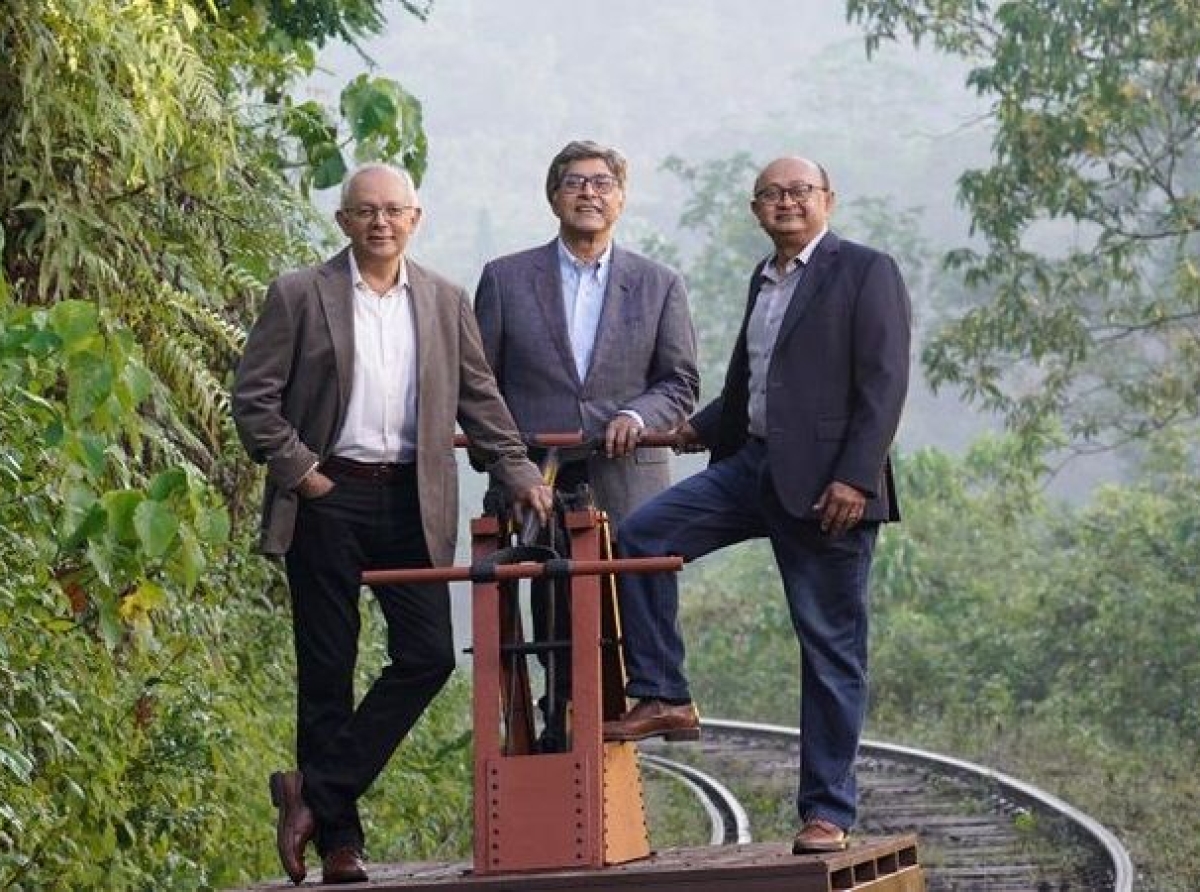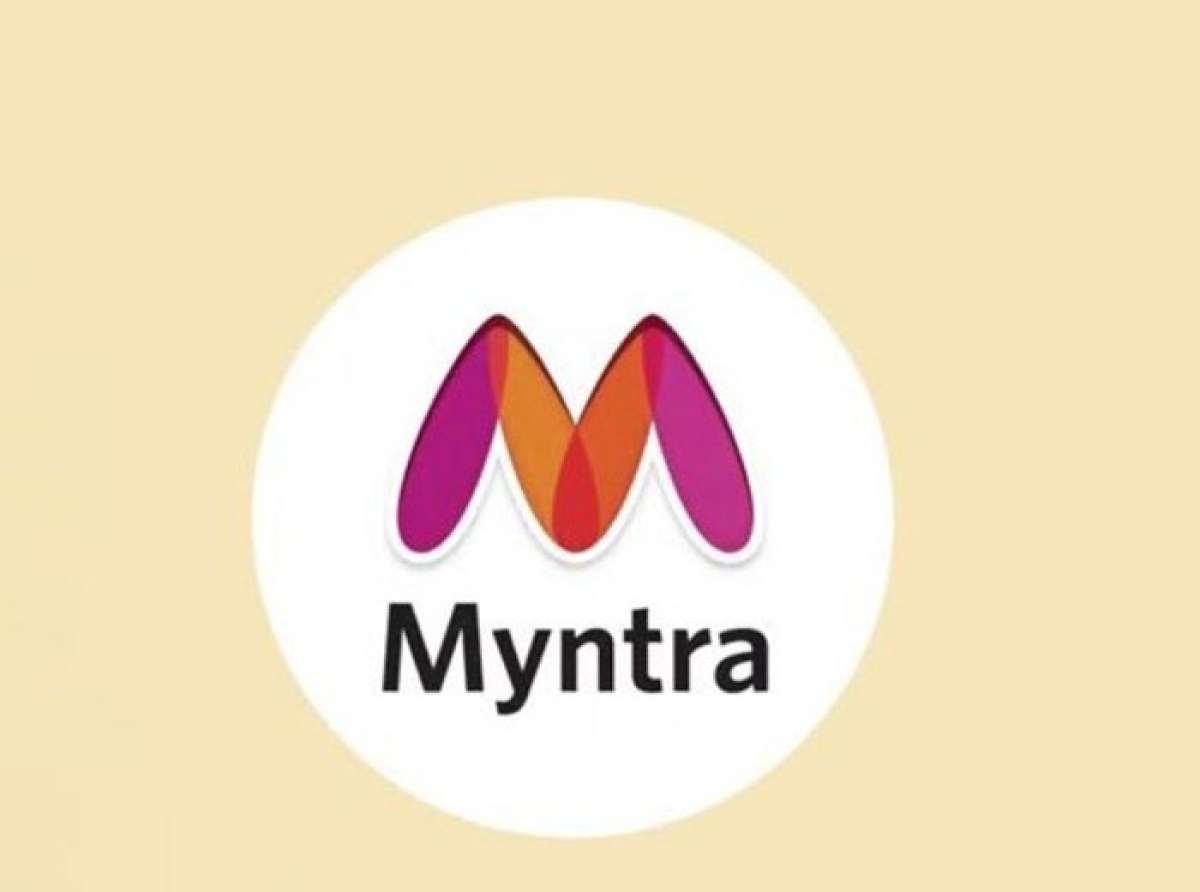10 June 2022, Mumbai:
Foraying in the activewear segment, JSW Sports, a part of the JSW Group, has launched a new range under the ‘JSW Inspire’ brand. Co-owner of the Indian Premier League Delhi Capitals, apart from the Kabaddi team Haryana Steelers and football club Bengaluru IFC, JSW Sports is engaged in building India’s sports ecosystem.
RELEVANT NEWS Myntra: Partners with sportswear brand New Balance
The brand aims to deliver high-quality activewear, says Parth Jindal, Managing Director, JSW Cement, and JSW Paints.
Estimated at Rs 466.9 billion in 2018, India’s activewear market is expected to reach Rs 997.8 billion by 2024.
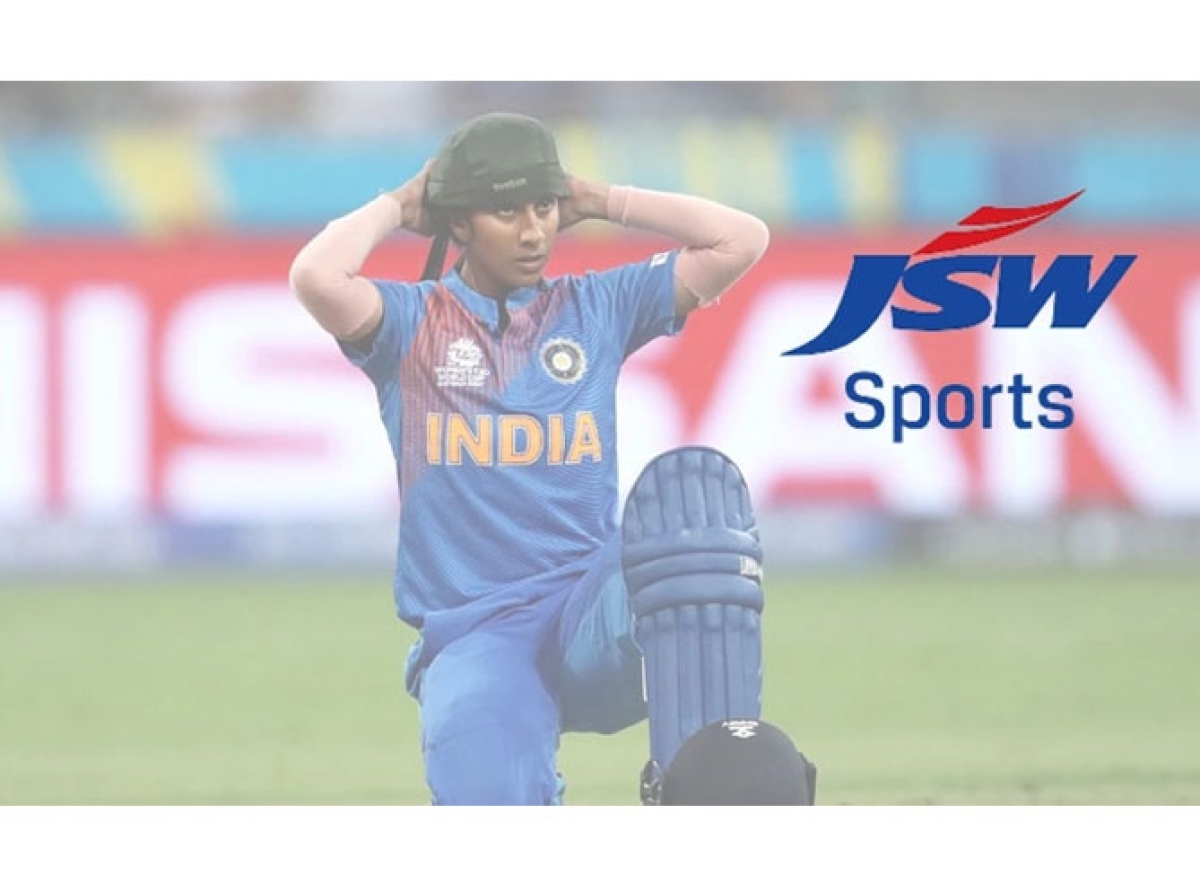
ALSO READ Puma expands India business as COVID fuels sportswear demand
From 2019-to 24, the market is expected to grow at a CAGR of approximately 13.59 percent. Market growth got a boost from the pandemic which pushed up demand for clothing from brands such as Puma, Adidas and Reebok.
JSW Inspire’s will initially focus on online sales of its apparel range. The sports arm of the group, JSW Sports will encourage the development of sporting culture in India by maximizing the potential of Indian sports and athletics.
Join our community on Linkedin

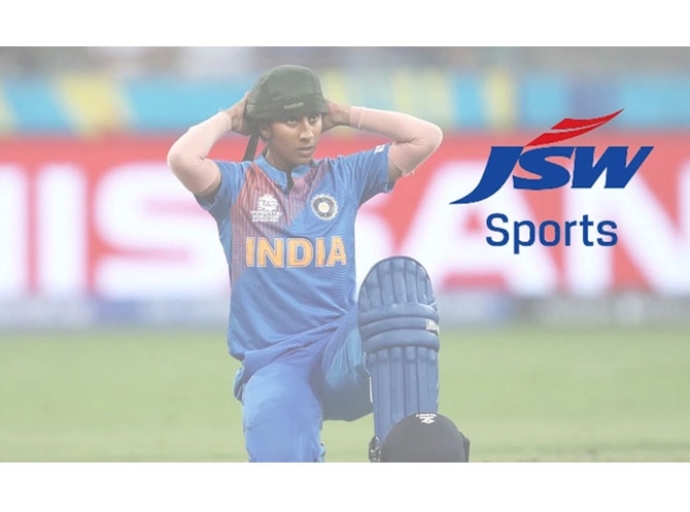


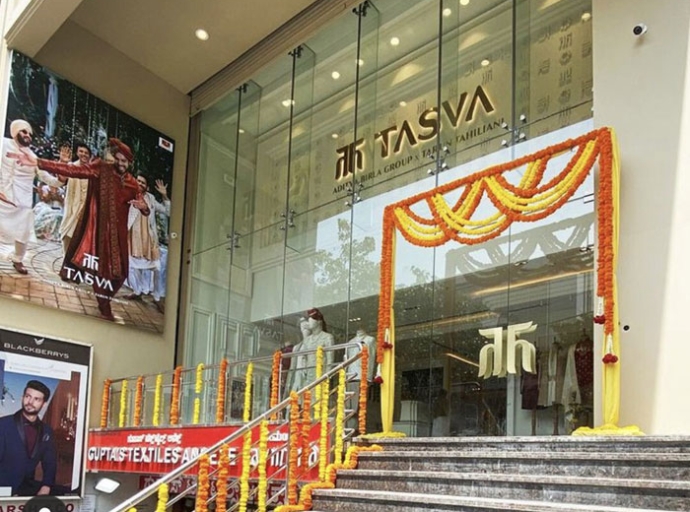
_large.png)
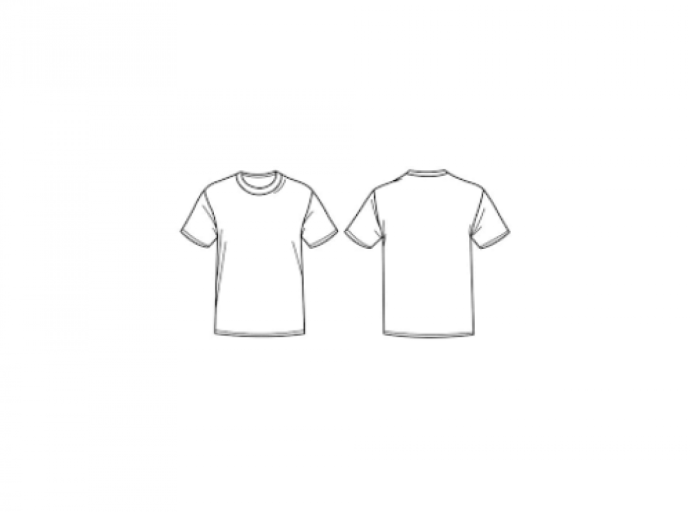

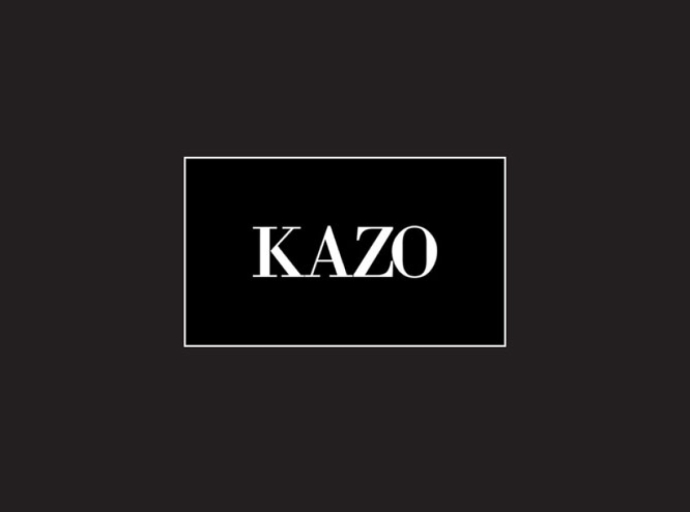





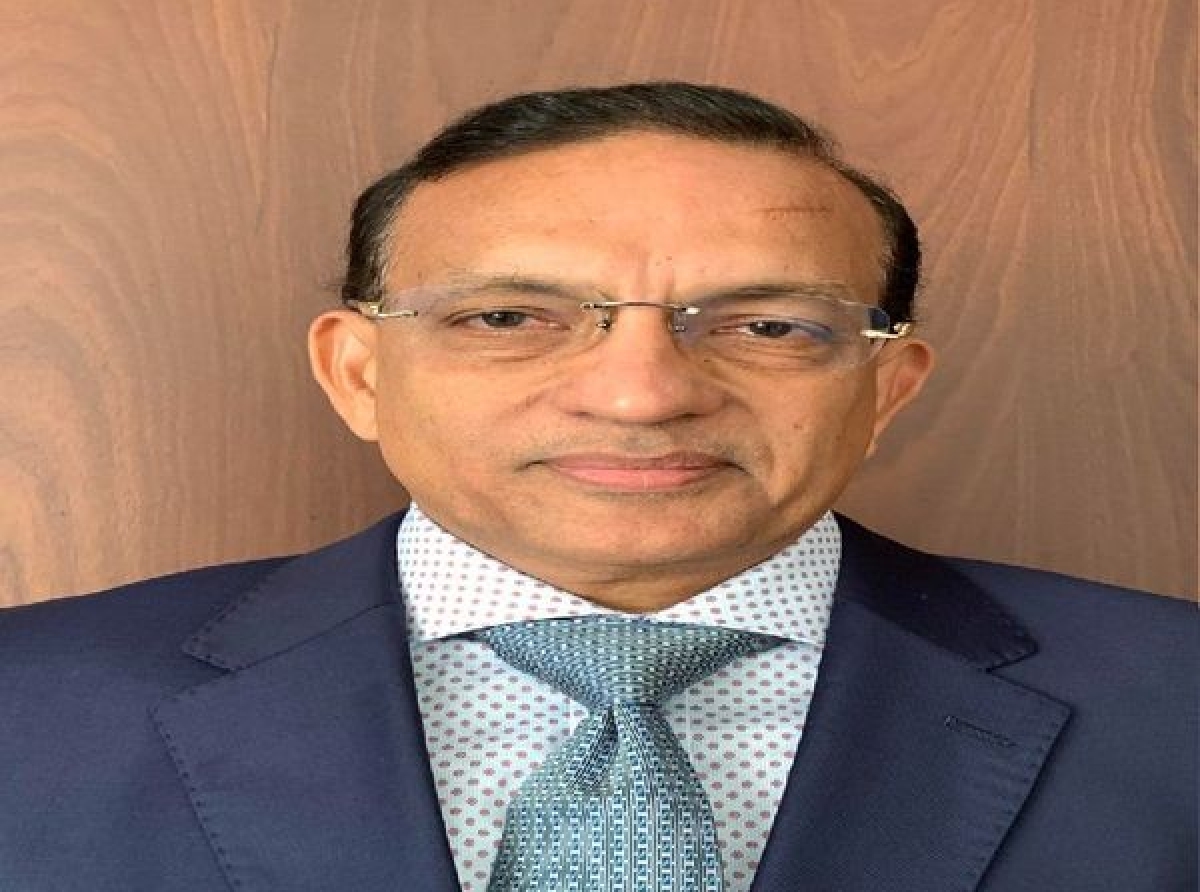
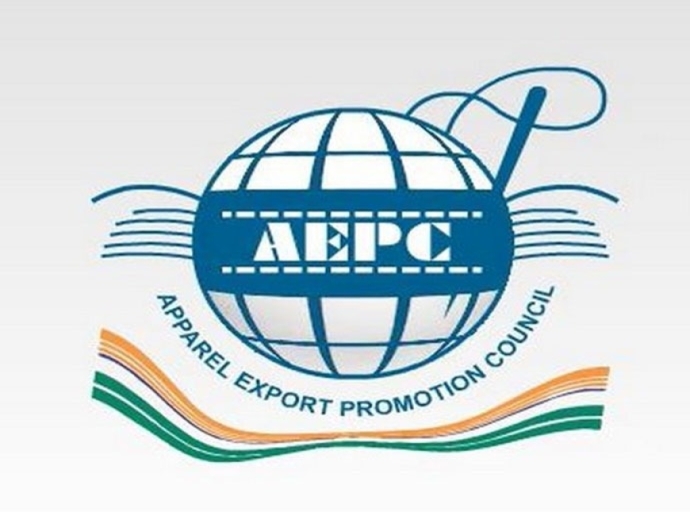
_large.png)

